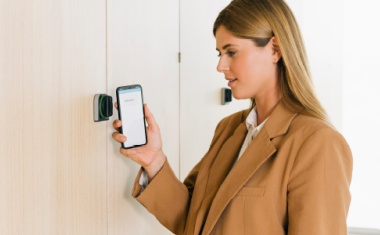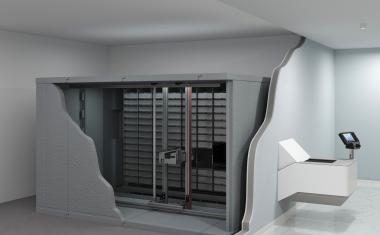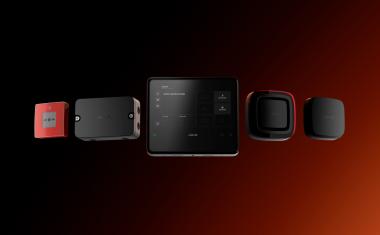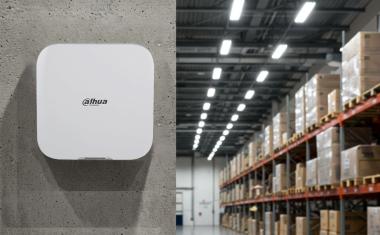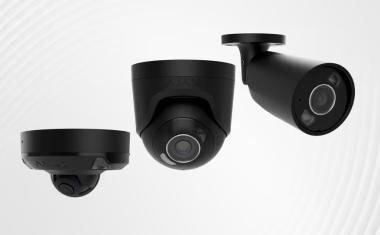Hexagon's Safety, Infrastructure & Geospatial division, HxGN dC3 LidarVision
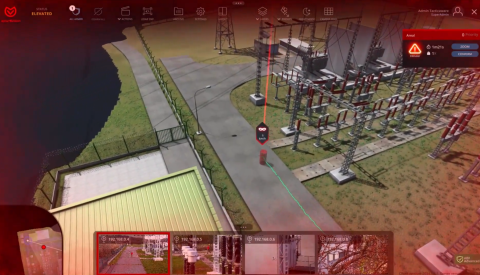
At a time when protecting critical infrastructure is more important than ever, Hexagon’s AI-assisted HxGN dC3 LidarVision solution, featuring the proprietary DeepTection neural network, is revolutionizing perimeter protection by providing a fully three-dimensional view of the protected area.
For critical infrastructure like power grids and energy plants to railways, airports, prisons and military installations, HxGN dC3 LidarVision provides enhanced 3D perimeter protection with AI identification of potential threats and augments traditional surveillance systems with precise motion-tracking abilities.
Trajectory visualization and digital twins
By measuring the time it takes for a laser pulse to travel to a target and back, the system generates detailed 3D point clouds that reveal each object’s exact position, size, and speed. In addition, HxGN dC3 LidarVision displays trajectories of moving objects in real time, enabling operators to quickly visualize and assess potential threats.
HxGN dC3 LidarVision supports the import and rendering of 3D maps (digital twins), placing all detected objects within these virtual environments in real time. This provides security personnel with an immediate and comprehensive overview of any situation in a realistic, three-dimensional setting.
AI-based object classification
Another key feature of HxGN dC3 LidarVision is its proprietary neural network, called DeepTection, which classifies objects based exclusively on LiDAR point cloud data rather than camera footage. By analyzing the movement and distribution of LiDAR points, the AI effectively distinguishes between legitimate targets—such as humans—and non-threatening factors, including swaying vegetation or adverse weather conditions.
This approach significantly reduces false alarms and ensures that security teams can concentrate on actual threats. A core feature of HxGN dC3 LidarVision is its ability to automatically steer PTZ (Pan-Tilt-Zoom) cameras toward moving targets. When a target is detected, LidarVision calculates its precise coordinates and directs the camera to follow it, without requiring manual control. This ensures instant visual confirmation and allows security teams to focus on incident response rather than adjusting camera angles.
Advanced design tool and simulations
HxGN dC3 LidarVision includes a specialized design application, dC3 Designer, which lets users simulate intrusion scenarios and plan sensor and camera placements. By manually moving a virtual intruder within the 3D environment, security professionals can observe where Lidar beams register detections and adjust sensor or camera placements as needed.






